Natural Lighting
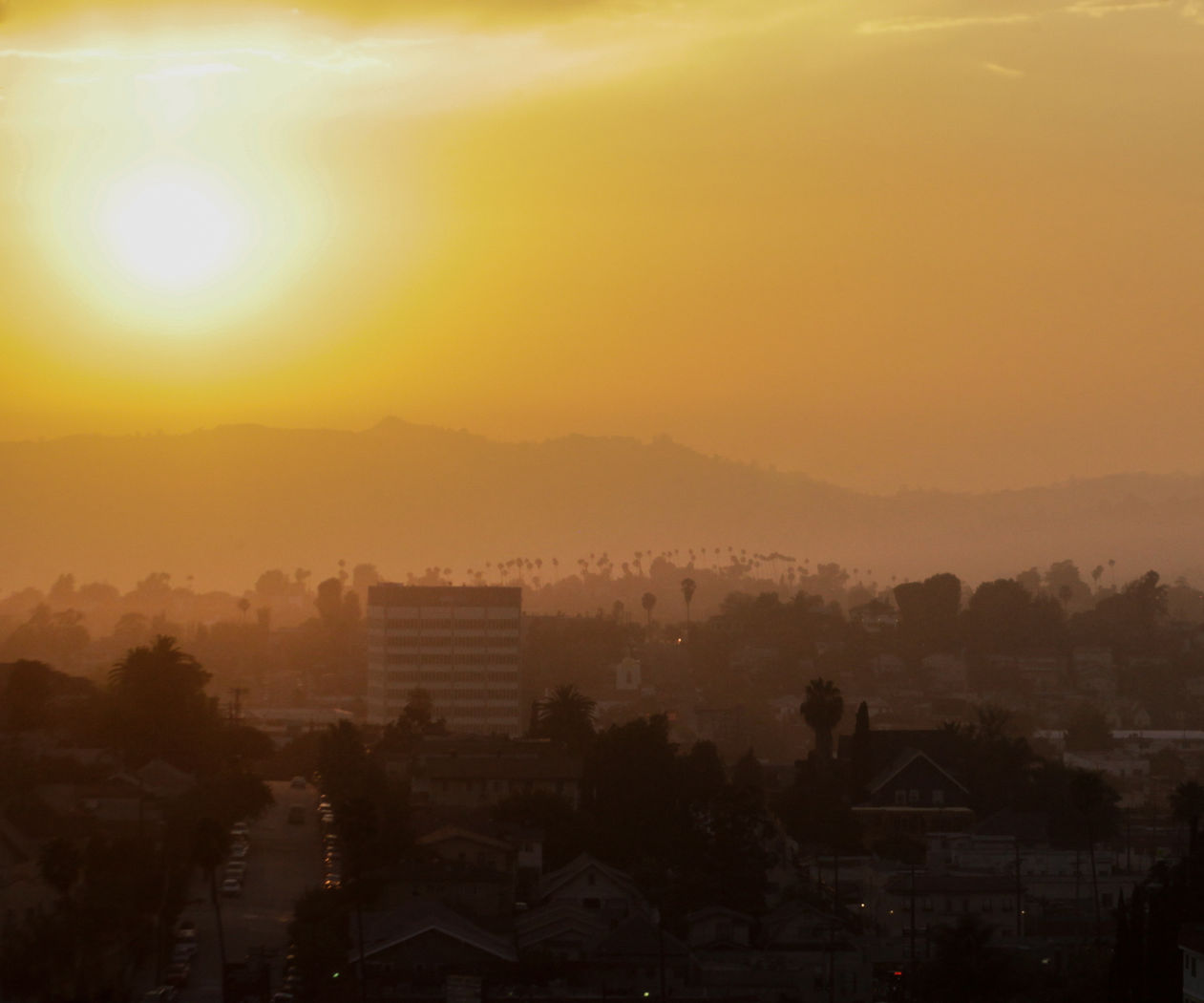
Every photographer has a love/hate relationship with the sun. Thank goodness for the super hot star that fills our landscapes and windows with lots of glorious light beams, yet harnessing the sun's rays for photography can be tricky. Shooting in direct sunlight yields great high contrast photos, but we get pesky harsh shadows that can be distracting. Shooting in the shade can be just as gorgeous, with your subject bathed in soft diffused light, but exposing for shadows can leave our images dark and with a bluish color cast.
This lesson goes over some of the most common natural light scenarios and how to adapt your camera settings and physical positioning to perfectly light your photographs.
How Time of Day Effects Light
Depending on the time of day the light will take on different color casts and brightnesses. When clouds cover the sky, the color temperature of your image can take on a cooler tone. Twilight and sunrise hours lend themselves to dim pinky skies, while high noon yields bright neutral tones and higher contrast.
For the purpose of this class, I photographed a vista in my neighborhood that, on a clear day, includes the world famous Hollywood Sign.

This image was created at 11:30 AM when the sun was high in the sky and filled the landscape with bright white light with very few shadows being cast by buildings or trees because the light was coming straight down from the sky.

Here is the same vista at 5:45 PM, when the sun is much lower in the sky and beginning to create shadows across the landscape. Notice how the foreground is darkened, and the sky is much brighter.

This image was created at 8:15 PM as the sky was beginning to turn pink during the sunset, also known as 'Golden Hour' (see below).

This image was made at 8:15 PM a week later during some particularly aggressive wildfires - look how smoke and fire particulate change the quality of light, and the reddish color cast it takes on.
There are two special times of day that are spectacular for making photographs, we refer to them as Golden Hour and Blue Hour. Golden Hour is the first hour and last hour of sunlight in the day. The sun is still able to be a direct light source, but dim and more diffused than mid-day sun. Blue Hour refers to the hour before and the hour after the sun has set, when the sun is below the horizon but still filling the sky with light.
I put an app called SunSeeker on my phone to help me figure out where the sun is going to be to help me plan for shadows and brightnesses depending on the time of day. It's a bit pricey for an app ($12), but it's a great tool for planning natural light photographs.
Shadows
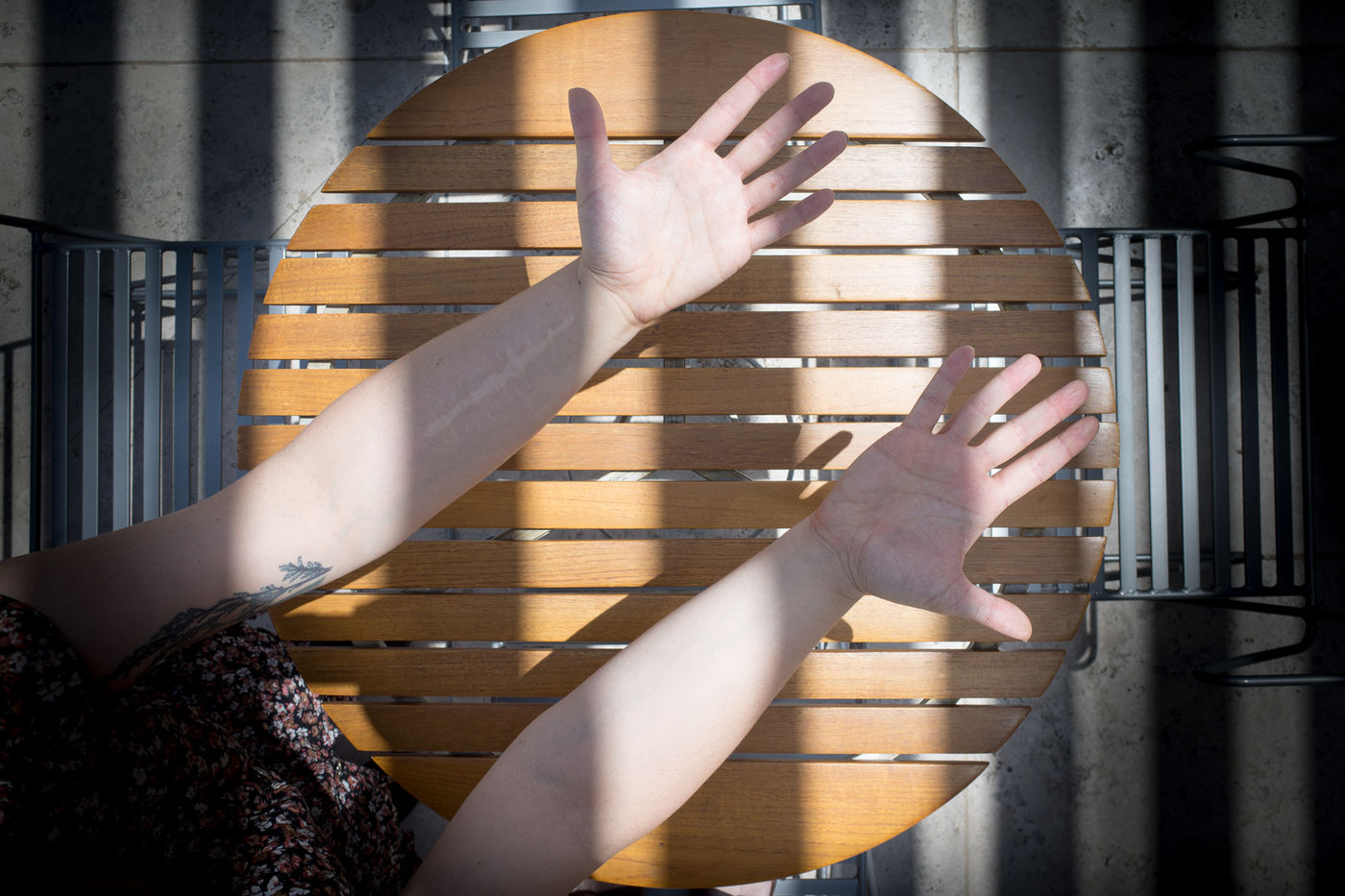
Shadows will vary in form as the light source creating them moves - i.e. the sun creating longer shadows as the sun sets in the sky. Shadows also help establish depth in images, the human eye and brain recognize that an object that throws a shadow takes up space, and the size of the shadow in relation to the object can indicate scale and dimension.

Shadows can also indicate time in your composition. We innately recognize long shadows as things that occur in the early morning or just before sunset. If you want to have your subject contextualized by time, it is important to look at how shadows affect both the exposure and the context of your image.

There are lots of ways to tell a story with just shadows, they can create a dominating presence in our images that are able to carry narrative more than objects or people or settings can at times. We can harness shadows in our imagery through a better understanding of the light sources creating them.
For example, let's use every photographer's most faithful light source, the sun. Shadows produced by the sun are clearly defined with crisp edges. The closer an object is to the surface that it is casting a shadow on, the crisper the shadow will appear. As the object moves toward the light source, and away from the surface, the shadow's edges begin to blur.

When it is cloudy outside, the sun is diffused by the overcast sky, and all the shadows in your setting will soften, and have very little form. This is perhaps my favorite quality of light, it is a soft diffused light that evenly fills in shadows and flattens space and dimension in an aesthetically pleasing way. It also renders much cooler tones in your image, reference how to manage cool tones in our Camera Settings lesson.
When we move indoors, we begin to encounter multiple light sources, and multiple shadows can be cast by a single object. We will go over this more in our Artificial Lighting lesson.
Shade
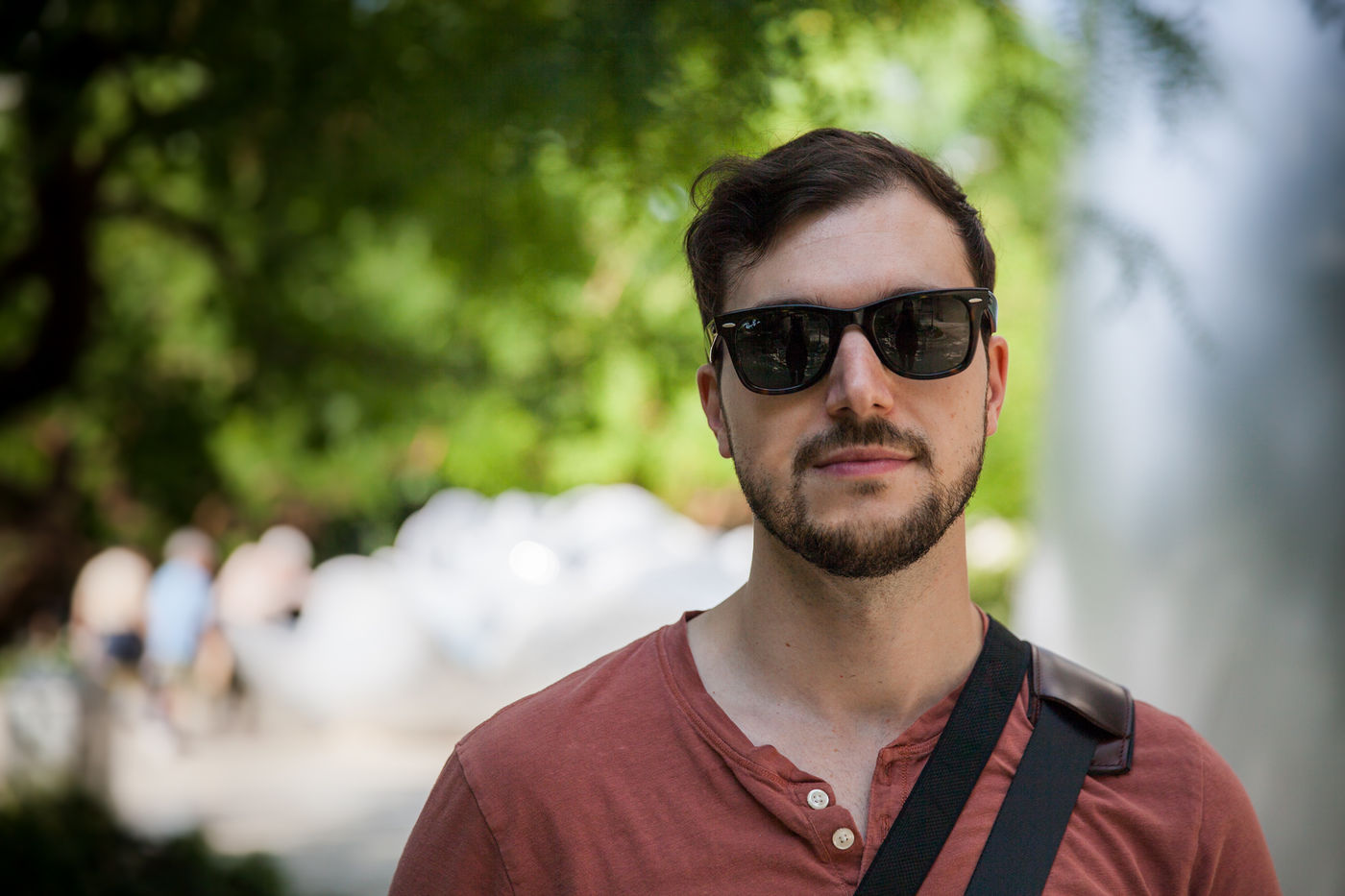
Photographers really do have it made in the shade. Shooting images in the shade of trees or tall buildings render lower contrast and have a bluish color cast. (Look back to our Camera Settings Lesson to see how to correct for that). Shade is your best friend because all shadows disappear and you are able to get soft blankets of light coating your subject vs harsh sunspots and high contrast values.
Working with your subjects at the edge of a shadow cast by a tree or building will yield the best tonal quality. When you position your subject at the edge of a shadow, facing where the direct sun is hitting, you get a soft diffused light falling on your subject, but don't end up with dark tones in your background.
Try to avoid placing your subject in a shadow where the background is in direct sunlight. The bright sunlight falling on the background may cause your camera to adjust its settings so that your background is the proper brightness but your subject appears dark.
Window Light
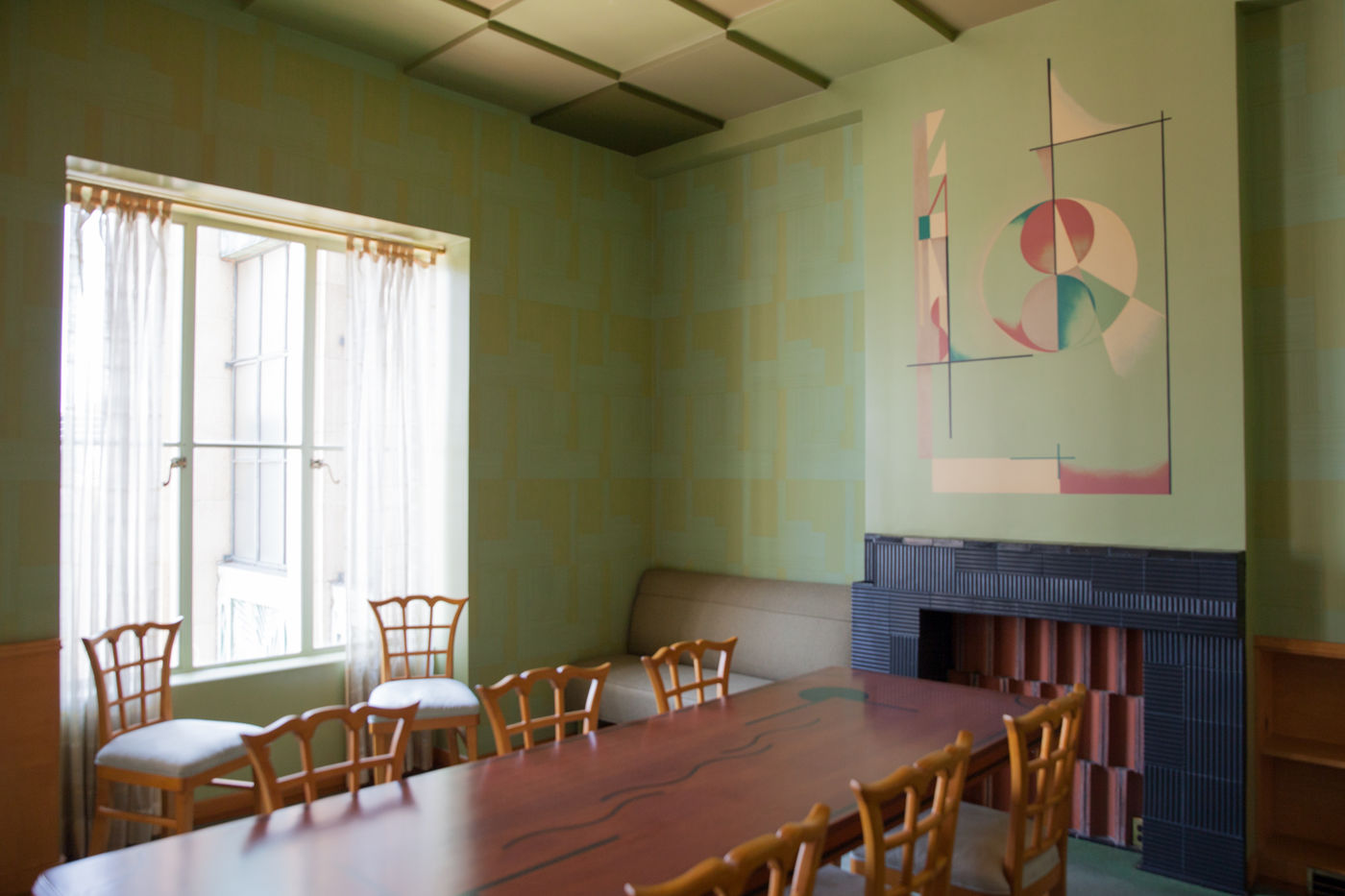
Window light is a personal favorite of mine for indoor photography, and especially helpful for food photography. It is like a softbox of light that fills a space unless there is direct light coming in from the sun. You can get some really beautiful results from the comfort of your own home. I often find myself tinkering with the way people and subjects are arranged next to indirectly sunny window light, and getting a myriad of results quickly.

Window light can create all kinds of interesting light and shadow profiles on your subject. Try adjusting the angle that your subject is facing the window, and how it is positioned next to the window (with the light in front, to the side of, behind, etc.)
The Moon
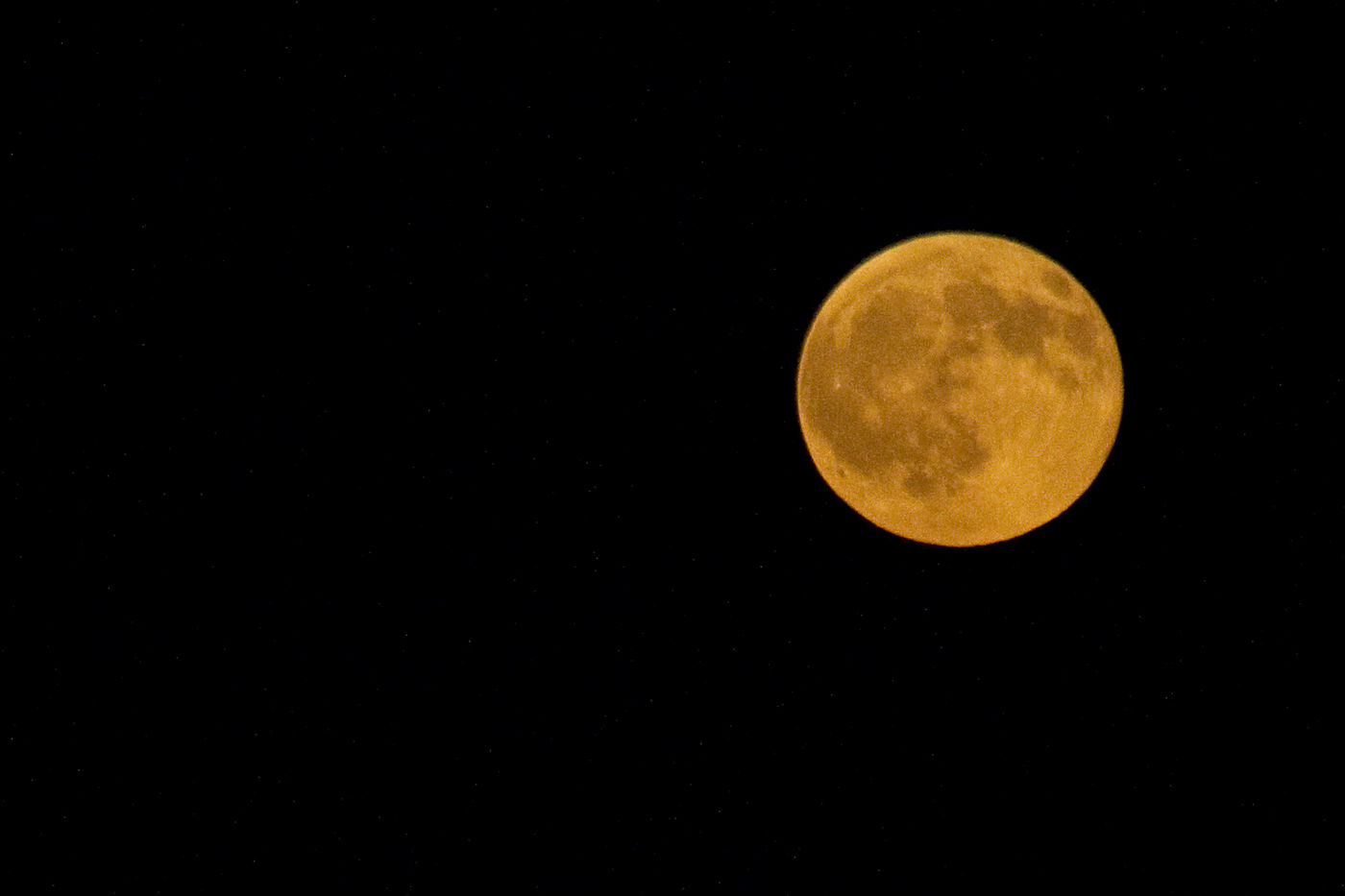
That's right! THE MOON! The first time I realized how bright the moon was, I was astonished. Consider the moon the original sun reflector, it bounces and reflects the sun's rays, throwing a ton of light onto the earth's surface and into the night sky.
You may want to use a moon position calculator to figure out when the moon is going to be out in your shooting location. Because the moon's phase is constantly changing, this means that it is throwing a different amount of light down onto the earth's surface every night. There are some web apps and phone apps available to help you determine where the moon will be in the sky, it's phase, and it's rise and set times.
When shooting in the dark, your camera needs to make very long exposures, so it is critical to have your camera rock steady. The worst is pushing the shutter, waiting for your camera to process the long exposure, only to see that a slight breeze has ruined your shot with camera shake.


These images were made with a monopod during a full moon hike just outside of an urban area. A monopod doesn't reduce all shake, but if your shutter isn't open for too long you can pull off a steady shot. For this shoot, I figured out when the moon would be at it's highest position in the sky, thus the brightest, and planned to be at the top of the trail to capture some images during that period.
Class Project: Reflecting Light
For this class project, we are going to go over how to make a super simple light reflector, perfect for shooting inside or outside. Working with a reflector is awesome because you can create a secondary light source in your image that is fairly manipulatable and completely mobile. Most often you need a reflector to shine extra light on your foreground when your background is very bright, or if you want to create a highlight beam on your subject in a shade or shadow.

For this project you will need:
- Piece of Foam Core Posterboard
- Aluminum Foil
- Spray Adhesive
- Heavy Duty Spring Clamps (optional, just to clip your reflector to anchor it)
I am forever a fan of cheap and easy solutions, I got all the supplies except for the spray glue at the dollar store. For tips on how to use spray glue, check out my previous class that is all about glue!

Wear gloves when applying the spray glue to the foam board. I used a light-tack spray glue so that I could gently reposition the aluminum foil if I started to lay it down crookedly.

Take note that standard foil has a shiny side and luster side. Use the shiny side if you want a more specular light reflection, and the luster side if you want a softer diffused reflection. For this demo, I chose to show the shiny side. You could even coat the other side of the board with the luster side so that you can have choices when bouncing light back onto your subject

Rip off a sheet of foil that is about the distance of the short side of the board. Gently lay down as many swaths of foil necessary to cover one side of the board.

You can see that I laid down my foil from right to left, with some extra on the edge. You can rub all the wrinkles out very easily, but be careful mating the edges of the foil - get them as close to touching as you can. Removing overlap is a pain.

Use a razor blade to trim back the edges of your board. The foil cuts like butter with a sharp blade so be careful to go slow so you don't trim any off that is supposed to be attached to the board.

Here is the board with the trimmed down edges.
This concept scales easily, and if you need a really big reflector, you can piece together smaller planks of foam core board with good ol' fashioned gaffers tape or clear packing tape.

Here is a cute little cactus sitting in the shade outside my studio. He sure is looking underexposed in the shade, but the tonal quality of the concrete background is desirable.

Using a reflector to light the cactus allows you to retain the tonal qualities of the background without having to underexpose the foreground.
Make your own reflector and share your images from your build or photo shoot to complete this lesson. Have fun with it too, be sure to see what flashing light on a variety of surfaces looks like. Can't wait to see what you share!
Our next lesson dives into the world of Artificial Light, it's electrifying!